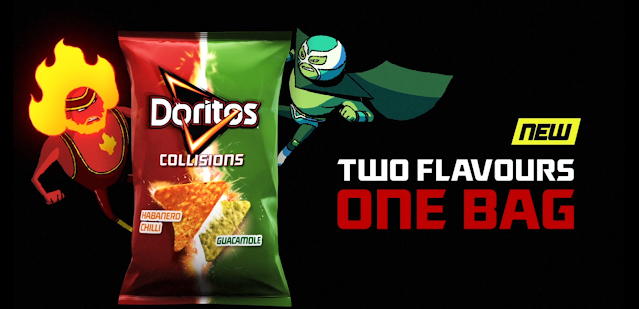NHS Represent Advert: Advertising CSP 3
NHS Represent Advert: Advertising CSP 3
1) BAME stands for Black, Asian, Minority Ethnic and refers to ethnic minority groups. However, the term is not used as widely as it is viewed to be "problematic" by many sources, including the Guardian, who specifically mentioned that it was "doomed to fail because it's impossible to distill centuries of history and culture into a handy acronym" and "it feels wonky and contrived while implying that all ethnic minorities are part of a homogeneous group".
2) Blood is needed in ethnic minorities' communities because only 3% of their blood is available to be transplanted in life-saving emergencies, which means it is important to encourage people of colour to be informed of the need to give blood to save lives.
3) The advert once people to recognise the importance of giving blood and to do so and increase the amount of people who give blood who are from ethnic minority backgrounds.
4) It is called "Represent" because it is encouraging those people of ethnic minority backgrounds to step up and show representation by donating blood. The term "represent" may also demonstrate the significance of standing up and showing responsibility and the courage to be resilient, as well as a sense of community and compassion for those needing the blood.
5) The producers have chosen these celebrities in order to demonstrate the representation needed by presenting it in the advert. This is done through celebrities like Ade Adepitan, the wheelchair basketball player; Kanya King, CEO of MOBO and Nicola Adams, the female boxer.
6) The use of the slow shot of the three chairs at the end of the advert might be done to effectively demonstrate the need for representation and convey the importance of people from ethnic minorities to give blood. The three chairs may also represent the 3% who give blood, signifying the little help this gives compared to the many more that could be giving blood but choose not to.
7) The advert represents a typical urban music video because of the close-up shots of direct contact with the camera, showing a clear display of emotion and cuts of the cityscape and surroundings that are used in the video.
8) The advert subverts stereotypes by using women, who are not usually featured as rappers or in music videos, disabled people (athletes), religious people (Muslims/Sikhs), and a range of diverse people who may not usually mentioned in adverts or music videos in general.
9) The advert may be considered offensive to certain ethnic minority audiences because of the conventional style of the video, which may be interepreted as reinforcing stereotypes that have been used frequently, such as those which present Black or Asian people as violent, loud or particularly aggressive in order to put down people of colour and demean those who are "non-white".
10) The camera shot used in this advert are close up shots and direct shots, which may be used to create a personal connection with the audience or present a sense of relatability. In addition, it may also be used to make the video seem more personal through the focus on individual characteristics in the advert using these camera shots. Lady Leshurr, Chukka, Nicola Adams and Kanya King are all wearing their traditional clothing, such as a suit for an MP or boxing gloves for the boxer. This may have been done in order to demonstrate to the audience the importance of the diversity of these people's backgrounds and convey the jobs that each of these people have done to show to the audience that anybody can give blood. The people in this advert are all influential and are used to demonstrate the importance of giving blood from people that are recognisable. The setting is that of an urbran environment and is used to create a connection with the audience that may be more personal as it is more engaging.

Comments
Post a Comment